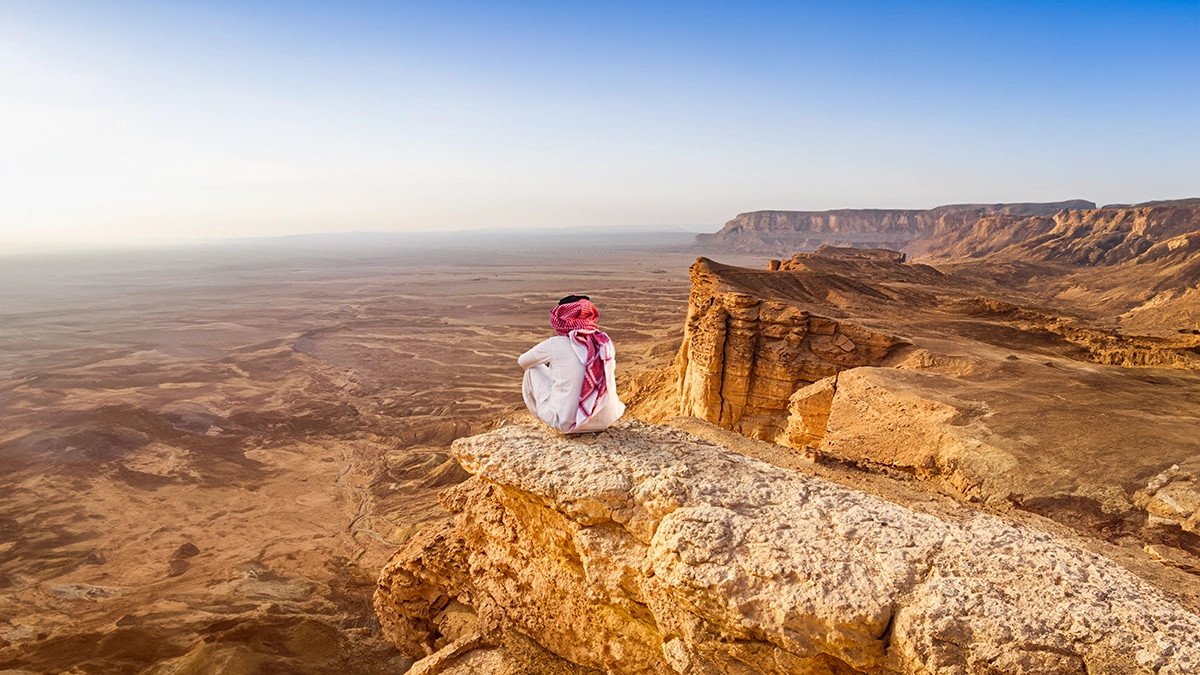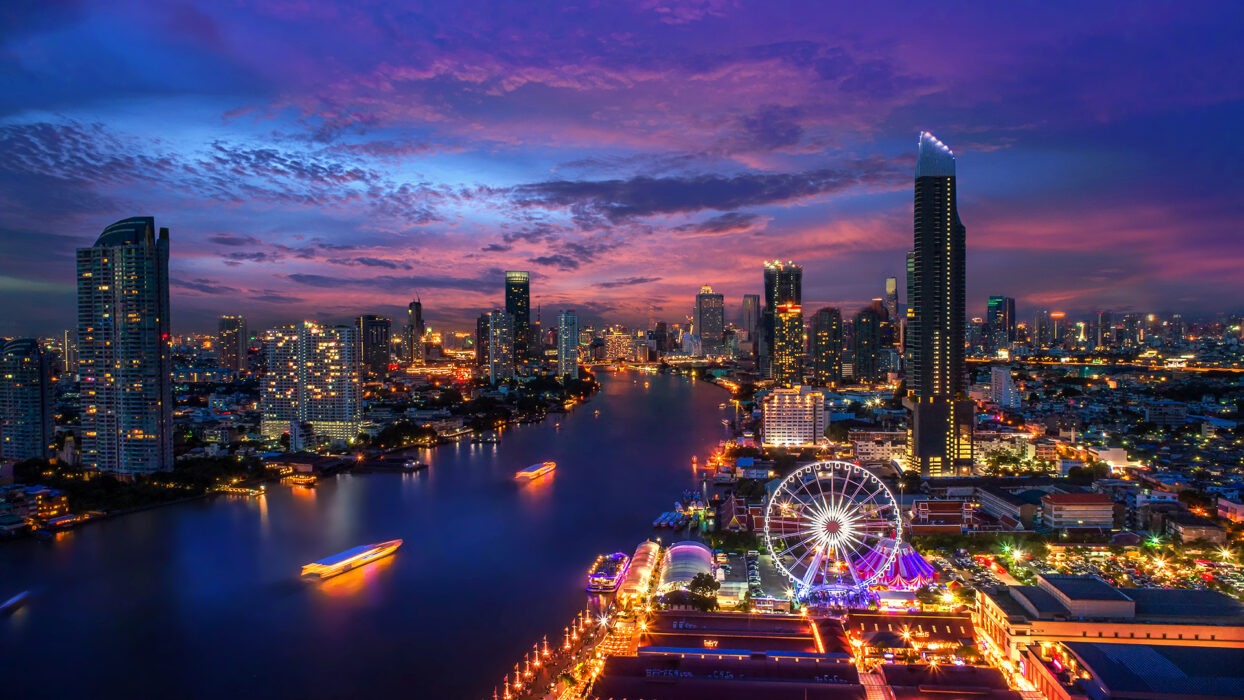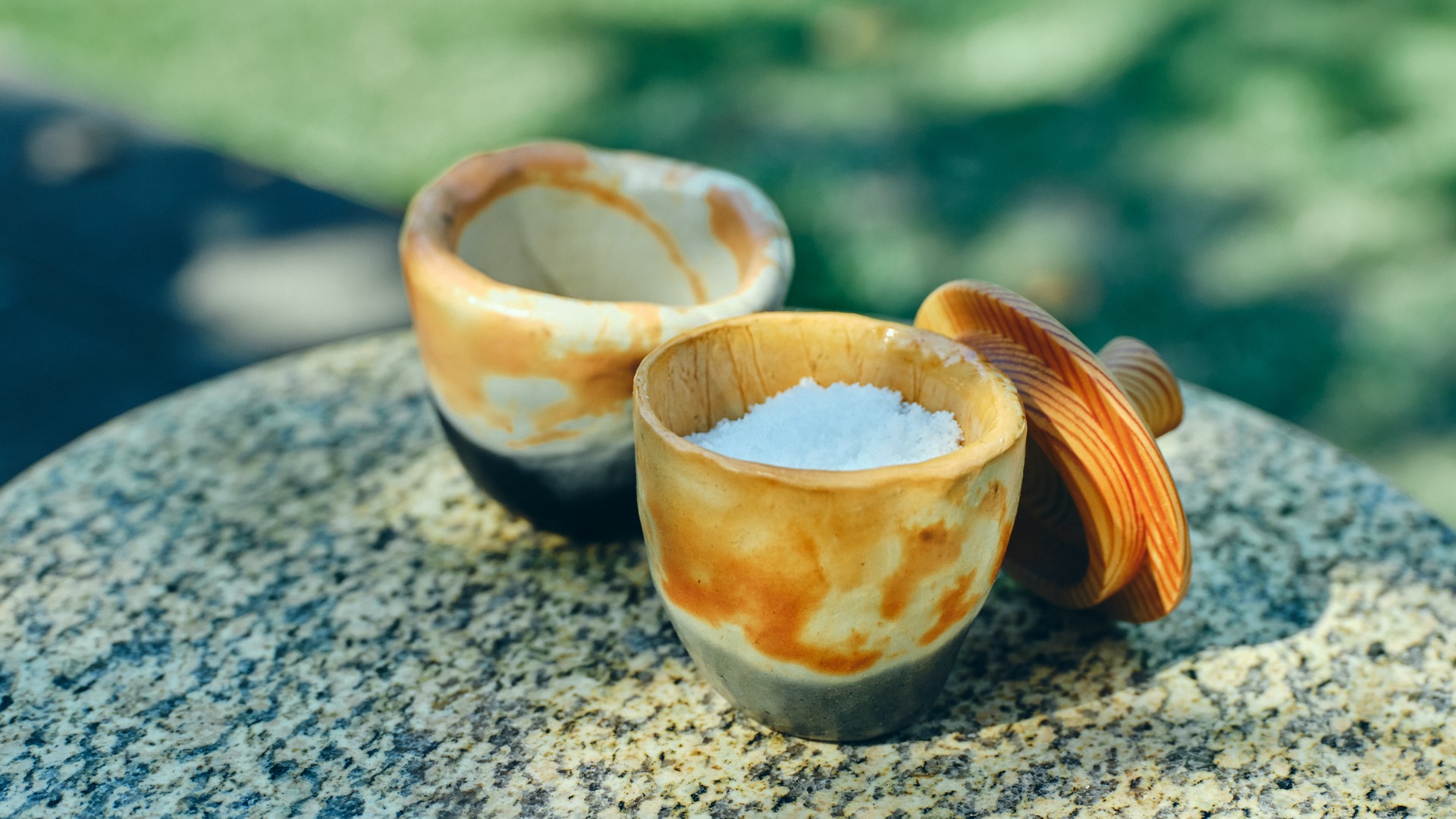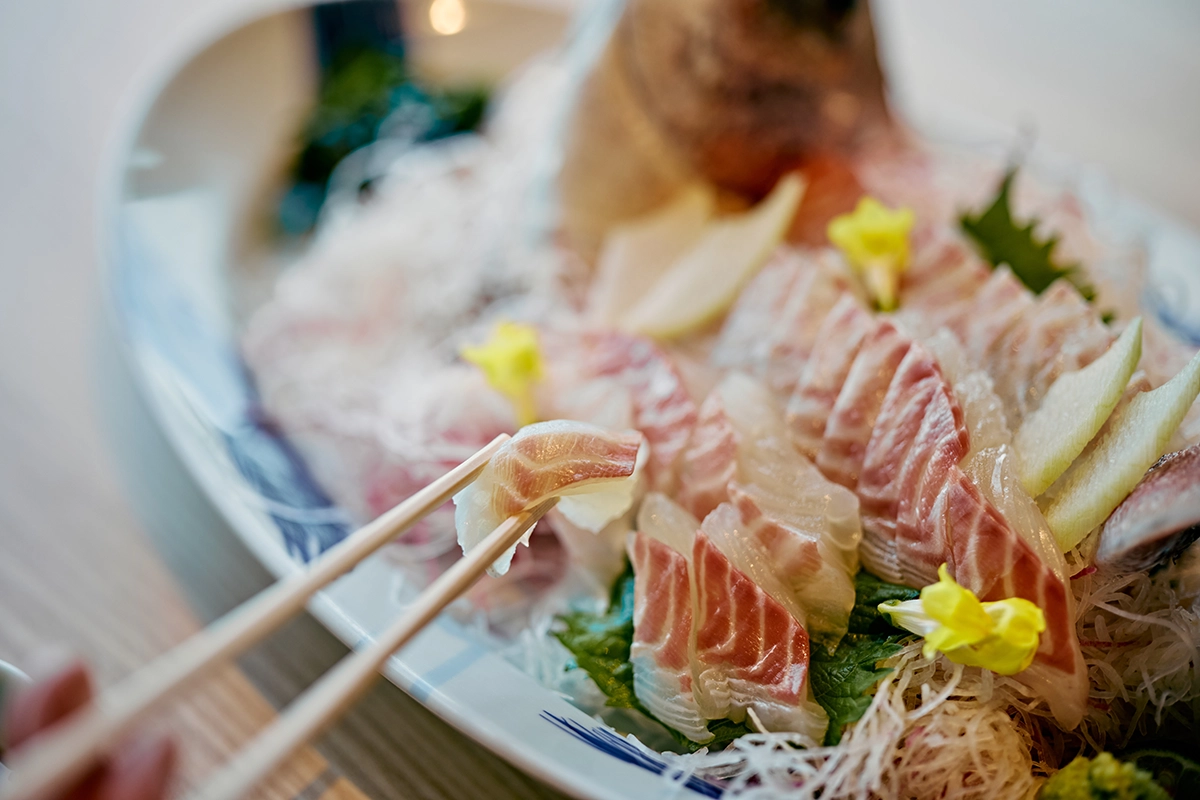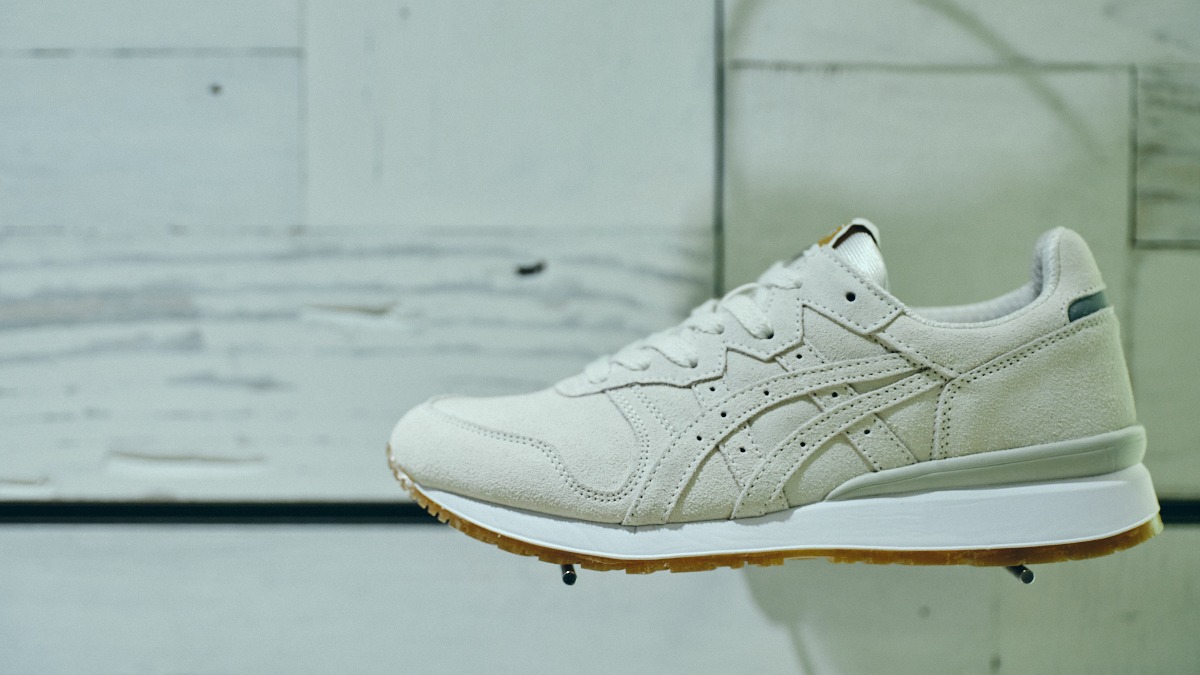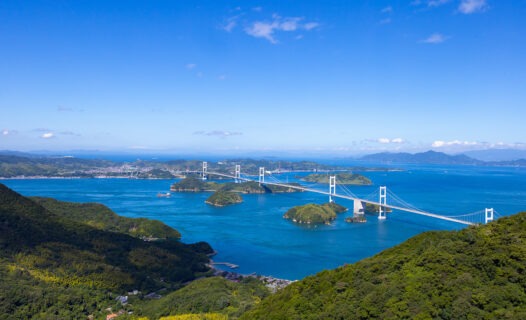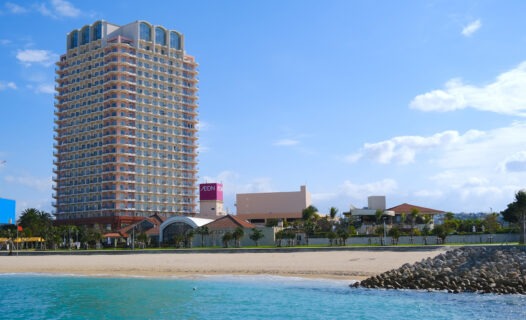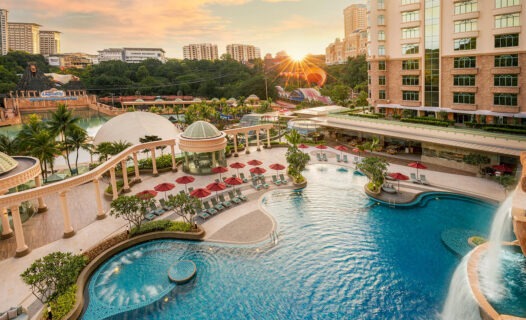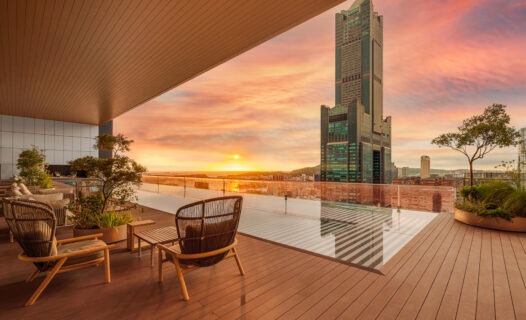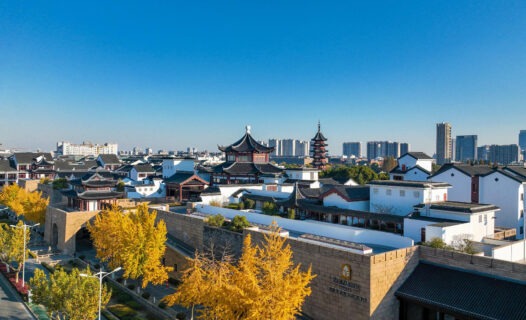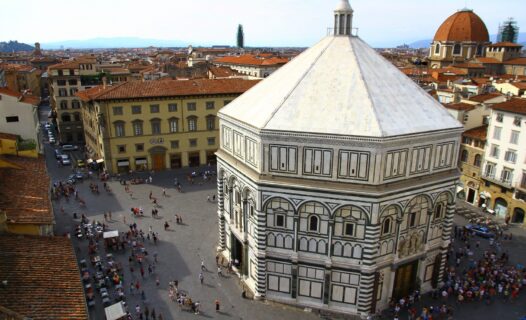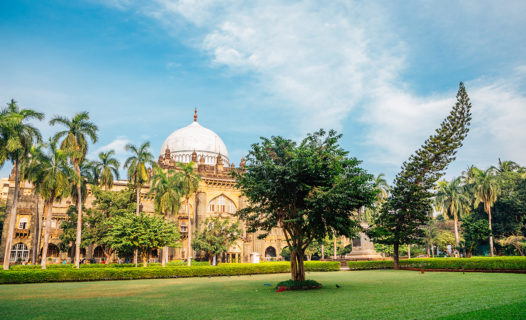Introduction
Welcome to the heart of Thailand, where history, culture, and spirituality intertwine at the stunning Temple of the Emerald Buddha, or Wat Phra Kaew. This sacred site is not just a temple; it’s a vibrant tapestry of Thai culture, steeped in rich traditions and captivating stories. As you stroll through its intricate architecture, you’ll feel the pulse of the nation during its lively festivals, which transform this serene space into a colorful celebration of life and spirituality.
Visiting the Temple of the Emerald Buddha during festivals is an enchanting experience that immerses you in the local customs and the joyous spirit of the Thai people. From the mesmerizing rituals to the stunning decorations, each festival breathes life into the temple, offering unforgettable experiences that connect you to the heart of Thai culture. Get ready to explore the magic that awaits at this iconic landmark!
The Temple of the Emerald Buddha: A Sacred Landmark
Perched within the grounds of the Grand Palace in Bangkok, Wat Phra Kaew is a masterpiece of temple architecture in Thailand. Its gleaming spires and ornate decorations make it a must-visit for anyone exploring the city. The temple houses the revered Emerald Buddha, a sacred statue that symbolizes the unity of the Thai people and their deep-rooted Buddhist beliefs.
As you approach Wat Phra Kaew, prepare to be awed by its intricate details. The temple’s exterior is adorned with dazzling mosaics and gold leaf, reflecting the brilliance of Thai craftsmanship. Each element tells a story, from the mythical creatures that guard the temple to the exquisite murals depicting scenes from the Ramayana. These unique architectural features often go unnoticed in typical tourist guides, but they are essential to understanding the temple’s significance in Thai history.
Wat Phra Kaew has been a spiritual center since its establishment in 1782, serving as the royal temple for the Kings of Thailand. The Emerald Buddha itself, carved from a single piece of jade, is believed to bring prosperity and good fortune to the kingdom. Visitors often find themselves captivated not only by the beauty of the temple but also by the profound sense of reverence that fills the air.
For a deeper dive into the history and significance of this remarkable site, check out our Complete Travel Guide to the Temple of the Emerald Buddha.
The Magic of the Emerald Buddha Festival
One of the most enchanting times to visit Wat Phra Kaew is during the Emerald Buddha Festival. This annual celebration is a vibrant showcase of Thai traditions, featuring colorful parades, traditional music, and captivating performances. The festival honors the Emerald Buddha and its significance in Thai culture, drawing locals and tourists alike to partake in the festivities.
During the festival, the temple grounds come alive with activities that reflect the deep spiritual connection the Thai people have with their heritage. Lesser-known rituals, such as the ceremonial bathing of the Emerald Buddha, take place, allowing visitors to witness the profound respect and devotion that accompanies this sacred event. The community involvement is palpable, with families coming together to prepare offerings and participate in the celebrations, creating a warm and inviting atmosphere.
As you explore the festival, you’ll encounter various stalls offering traditional Thai delicacies, vibrant decorations, and handmade crafts. The air is filled with the sounds of laughter and music, making it an unforgettable experience that truly immerses you in the local culture. Don’t miss out on the chance to engage with the friendly locals who are eager to share their traditions and stories with you!
Festivals in Thailand: A Kaleidoscope of Colors
Thailand is a land of festivals, each bursting with color, culture, and joyous celebration. While the Emerald Buddha Festival at Wat Phra Kaew is undoubtedly a highlight, it’s just one of many vibrant events that showcase the rich tapestry of Thai traditions. From the exhilarating Songkran (Thai New Year) water festival to the enchanting Loy Krathong, where floating lanterns illuminate the night sky, each festival offers a unique glimpse into the heart and soul of Thailand.
At the Temple of the Emerald Buddha, you’ll find that festivals are not just events; they are a way for the community to come together, celebrate their heritage, and share it with visitors. The colorful parades, traditional music, and captivating performances create an atmosphere that is electric with excitement. During the Thai New Year, the streets around the temple are filled with laughter and splashes of water as locals and tourists alike engage in friendly water fights, symbolizing the washing away of bad luck.
Festival-goers often share their personal stories of connection and joy during these celebrations. One traveler recounted their experience at Loy Krathong, where they released a beautifully crafted krathong (a floating basket) into the river, making a wish as they watched it drift away. This simple act not only connected them to Thai culture but also created a moment of reflection and hope that they cherished long after the festival ended.
Whether you’re dancing with the locals during the festivities or simply soaking in the atmosphere, the festivals at Wat Phra Kaew and beyond are an unforgettable experience that captures the essence of Thai culture.
Day-by-Day Itinerary for a Magical Experience
Ready to immerse yourself in the magic of the Temple of the Emerald Buddha and its festivals? Here’s a suggested three-day itinerary that will ensure you experience the best of Bangkok’s vibrant culture:
Day 1: Discover the Temple and Surroundings
Start your adventure at the Grand Palace and the Temple of the Emerald Buddha. Arrive early to beat the crowds and take in the stunning architecture. Spend the morning exploring the intricate details of the temple and its surroundings. Don’t forget to snap some photos of the breathtaking murals and golden spires!
In the afternoon, stroll through the nearby Sanam Luang, a large public square where you can often find locals enjoying picnics or practicing traditional Thai games. Grab a refreshing coconut water from a street vendor to quench your thirst.
Day 2: Engage in Festival Fun
If your visit coincides with the Emerald Buddha Festival, dedicate this day to participating in the festivities. Join the locals in the ceremonial bathing of the Emerald Buddha and watch the colorful parades that fill the streets. Immerse yourself in the vibrant atmosphere, and don’t hesitate to try traditional Thai snacks from the food stalls set up around the temple.
In the evening, find a good spot to watch the cultural performances that take place at the temple grounds. The combination of music, dance, and storytelling will leave you spellbound.
Day 3: Explore Beyond the Temple
On your final day, venture beyond Wat Phra Kaew. Visit the nearby Wat Pho, home to the famous Reclining Buddha. Take a leisurely walk through the temple grounds and enjoy a traditional Thai massage at the temple’s massage school.
In the afternoon, head to the bustling Chinatown for an unforgettable culinary adventure. Sample street food delicacies and shop for unique souvenirs to remember your trip. As the sun sets, make your way back to the riverside to catch the breathtaking views of the temples illuminated at night.
Historical Context and Folklore: The Tales Behind the Emerald Buddha
The Emerald Buddha is not just a statue; it is steeped in history and folklore that adds to its allure. According to legend, the statue was discovered in 1434 in Chiang Rai, encased in a plaster covering that hid its true identity. When the plaster was removed, the stunning emerald-green jade was revealed, and the statue quickly became a symbol of Thai identity and spirituality.
Throughout history, the Emerald Buddha has traveled across Thailand, with various kings claiming it as a royal treasure. It was eventually enshrined at Wat Phra Kaew in 1784, where it has remained ever since, symbolizing the unity and prosperity of the Thai people. The statue is dressed in different seasonal robes, which are changed by the King of Thailand in a ceremonial event that reflects the deep cultural ties between the monarchy and Buddhism.
Visitors to the temple often find themselves captivated not just by the beauty of the Emerald Buddha but also by the rich stories that surround it. Engaging with local guides can provide deeper insights into these tales and the significance they hold in Thai culture.
Culinary Delights: Food and Drinks to Try During the Festival
No festival experience is complete without indulging in the delicious food that Thailand has to offer! During the Emerald Buddha Festival, food stalls line the temple grounds, serving up a variety of traditional dishes that are sure to tantalize your taste buds.
Be sure to try Pad Thai, a stir-fried noodle dish that’s a favorite among locals and tourists alike. For something sweet, look for mango sticky rice, a delightful combination of ripe mangoes and creamy coconut sticky rice that’s a must-have during any festival. Don’t forget to wash it all down with a refreshing Thai iced tea or coconut shake!
While exploring the food stalls, take the time to chat with the vendors. Many are eager to share their recipes and the stories behind the dishes they serve. This not only enhances your culinary experience but also connects you to the local culture in a meaningful way.
Capturing the Moment: Photography Tips for the Temple and Festivals
For photography enthusiasts, the Temple of the Emerald Buddha and its festivals provide a treasure trove of stunning visuals. Here are some tips to help you capture the magic:
- Golden Hour Magic: The best times to photograph the temple are early in the morning or during the golden hour before sunset. The soft light enhances the intricate details of the temple’s architecture.
- Focus on Details: Don’t just capture wide shots; zoom in on the unique architectural elements, such as the intricate mosaics and the detailed carvings. These details tell a story of their own.
- Festival Action: When photographing the festivals, be ready to capture candid moments of joy and celebration. Look for the interactions between locals and tourists, as these moments often reflect the spirit of the event.
Finally, be respectful of the temple’s rules regarding photography, especially in sacred areas. Always ask for permission before taking photos of individuals, especially during rituals and ceremonies.
Practical Information for Travelers: What You Need to Know
Visiting the Temple of the Emerald Buddha is an incredible experience, but it’s essential to be prepared. Here are some practical tips to ensure a smooth visit:
- Dress Code: As a sacred site, Wat Phra Kaew has a strict dress code. Ensure you wear modest clothing that covers your shoulders and knees. If you forget, don’t worry! There are vendors nearby selling appropriate attire.
- Visiting Hours: The temple is open daily from 8:30 AM to 4:30 PM. However, during festival times, it’s wise to arrive early to avoid the crowds and secure a good spot for the festivities.
- Respectful Behavior: Remember that this is a place of worship. Speak softly, be mindful of your surroundings, and follow any guidelines set by the temple staff.
By keeping these tips in mind, you’ll be well-prepared to enjoy your visit to this magnificent temple.
Sustainability and Conservation: Respecting Sacred Spaces
As travelers, it’s important to respect the sacred spaces we visit, especially during vibrant festivals like those at the Temple of the Emerald Buddha. Here are some tips to practice sustainable tourism:
- Leave No Trace: Always dispose of your trash properly and avoid single-use plastics. Many festivals promote eco-friendly practices, so follow suit!
- Support Local Artisans: Buy souvenirs from local artisans instead of mass-produced items. This helps support the community and preserves traditional crafts.
- Participate Responsibly: Engage in festival activities in a way that respects local customs and traditions. Always ask permission before taking photos of people or sacred rituals.
By being a responsible traveler, you’ll help ensure that the beauty and significance of the Temple of the Emerald Buddha and its festivals can be enjoyed by future generations.
Outdoor Experiences: Exploring Beyond the Temple
While the Temple of the Emerald Buddha is a must-see, Bangkok offers plenty of outdoor experiences to complement your visit. Here are some great activities to consider:
- Chao Phraya River Cruise: Take a scenic boat ride along the river to see the city from a different perspective. Many cruises offer dinner options, allowing you to enjoy a meal while soaking in the views.
- Lumphini Park: Just a short ride from the temple, this urban park is perfect for a leisurely stroll or a relaxing afternoon. Rent a paddleboat on the lake or simply enjoy the greenery.
- Bike Tours: Explore Bangkok on two wheels! Join a guided bike tour to discover hidden gems and local neighborhoods that you might miss on foot.
These outdoor experiences will give you a break from the bustling city and allow you to connect with nature while enjoying the beauty of Bangkok.
Shopping Guide: Souvenirs and Local Crafts
Looking for the perfect souvenir to remember your trip? Bangkok is a shopper’s paradise, especially when it comes to unique crafts and local products. Here are some great places to find treasures related to the Temple of the Emerald Buddha:
- Chatuchak Weekend Market: This massive market is a must-visit for any shopper. You can find everything from handmade crafts to traditional Thai clothing.
- Talad Rot Fai (Train Night Market): Known for its vintage finds and local artisans, this market is a great place to pick up unique souvenirs while enjoying delicious street food.
- Local Artisans: Look for stalls near Wat Phra Kaew selling handmade crafts, such as intricate jewelry, traditional Thai paintings, and decorative items that reflect the culture and artistry of Thailand.
By supporting local businesses, you’ll not only find beautiful souvenirs but also contribute to the preservation of Thai culture and craftsmanship.
Transportation Details: Getting to and Around the Temple
Getting to the Temple of the Emerald Buddha is easy, thanks to Bangkok’s extensive public transportation system. Here are some options to consider:
- BTS Skytrain: The nearest station is Saphan Taksin, where you can transfer to a riverboat to reach the temple. The boat ride offers stunning views of the city!
- Taxi or Grab: For a more direct route, taxis and ride-hailing services like Grab are widely available. Just be sure to communicate your destination clearly.
- Walking: If you’re staying nearby, consider walking to the temple. The surrounding area is filled with interesting sights, and walking allows you to soak in the local atmosphere.
Regardless of how you choose to travel, be prepared for potential traffic, especially during festival times. Allow yourself extra time to arrive and enjoy the festivities!
Seasonal Travel Insights: Best Times to Visit
When planning your trip to the Temple of the Emerald Buddha, consider the seasonal variations that can affect your experience:
- Cool Season (November to February): This is the most popular time to visit, with pleasant temperatures and lower humidity. Expect larger crowds, especially during festivals.
- Hot Season (March to May): Temperatures can soar, but this is also when some of the most exciting festivals, like Songkran, take place. Be prepared for the heat and stay hydrated!
- Rainy Season (June to October): While rain can be a factor, the temple is less crowded, and you may find better deals on accommodations. Just be sure to bring an umbrella!
Each season offers its own unique charm, so choose the time that best fits your travel style and interests.
Safety and Health Guidelines: A Secure Visit
Your safety and well-being are paramount while visiting the Temple of the Emerald Buddha and participating in its festivals. Here are some important tips to keep in mind:
- Stay Hydrated: Bangkok can be hot and humid, especially during festivals. Drink plenty of water to stay refreshed.
- Health Precautions: Be mindful of your surroundings and keep an eye on your belongings, especially in crowded areas. Use hand sanitizer frequently, especially when sampling street food.
- Emergency Numbers: Familiarize yourself with local emergency numbers, and don’t hesitate to seek help if needed. Most tourist areas have English-speaking staff available.
By taking these precautions, you can enjoy your visit with peace of mind.
Commonly Asked Questions (FAQs)
As you prepare for your visit to the Temple of the Emerald Buddha, here are some frequently asked questions that might help:
- What is the dress code for the temple? Visitors must wear modest clothing that covers shoulders and knees. If you’re not dressed appropriately, you can rent or buy suitable attire nearby.
- Can I take photos inside the temple? While photography is allowed in certain areas, be respectful and avoid taking photos during ceremonies or of individuals without permission.
- Are there guided tours available? Yes! Many local guides offer tours of the temple, providing valuable insights and stories that enhance your experience.
These FAQs should help clarify any concerns you may have as you plan your visit.
Fun Facts About the Temple and Festivals
Ready for some fun trivia? Here are a few interesting facts about the Temple of the Emerald Buddha and its festivals:
- The Emerald Buddha is only about 66 centimeters tall but is considered the most important Buddha statue in Thailand!
- During the rainy season, the temple holds a special ceremony to bless the Emerald Buddha, which includes offerings of flowers and incense.
- The robes of the Emerald Buddha are changed three times a year to correspond with the changing seasons, a ceremony performed by the King of Thailand.
These tidbits not only enrich your visit but also connect you to the cultural heritage of Thailand.
With all this information, you’re now ready to experience the magic of the Temple of the Emerald Buddha and its festivals! Whether you’re exploring the stunning architecture, indulging in delicious food, or celebrating with the locals, every moment will be a cherished memory. So pack your bags, grab your camera, and get ready to immerse yourself in the enchanting world of Thai culture!
